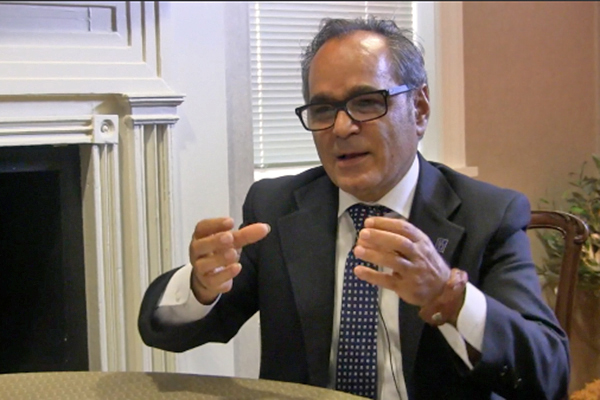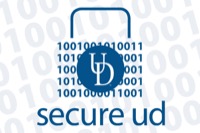Classroom tech
Faculty member uses achievement stories and 'Waggl' in the classroom
1:22 p.m., Dec. 10, 2013--The University of Delaware’s Ali Poorani, associate professor of hotel, restaurant and institutional management, has been using crowdsourcing technology to get his students engaged, sharing ideas and crafting content for the future.
Crowdsourcing is the practice of obtaining ideas by combining the efforts of several individuals into a large, collective pool. The result is a collection of stories that can be used for class discussions.
FYI Stories
June 6: UDid It! Picnic
2FA protects you
Poorani uses crowdsourcing to get his students to answer questions using their own life experiences or, as he calls them, achievement stories. The students vote for their favorite stories, and those stories are used as examples for future classes. (View video.)
“Sharing stories is the beauty of the software,” Poorani explained. “If I cover the same topic next year, I can share the same stories with my students.”
Knowing what students understand in the classroom becomes easier with crowdsourcing. When Poorani asks questions, and the students have trouble answering, it is clear they need help with the subject.
“It engages everyone and provides feedback,” said Poorani. “It is like an i>Clicker except that the students can communicate more details about what they don’t understand.”
Students can also post and collaborate on innovative ideas and share opinions about the class. Using the leaderboard of the student votes, Poorani can use their input to structure his classroom discussions.
“The wisdom of the crowd is very important,” Poorani said. “Sharing and receiving feedback is helpful for students and faculty.”
Crowdsourcing can also show what the students are learning from lectures and guest speakers. For example, Poorani will ask what the students have learned after a guest’s presentation. They will then explain different parts of the presentation to create one collective summary.
“Some students will emphasize one half of a presentation while others will explain other aspects,” Poorani explained. “When you put them together, the outcome is greater than each individual’s writing.”
Poorani uses the Waggl program – formerly We Achieve -- to manage crowdsourcing in the classroom. He can ask questions, and Waggl automatically creates the leaderboards.
“Everything is done automatically,” Poorani explained. “The faculty does not have to do anything except put in the questions and the mailing list. The students also report that the technology is very easy to use.”
Every discipline can use crowdsourcing. For example, a math professor can post a problem using Waggl, and students can collaborate on the solution and the best methods to solve the problem. After everyone has posted their answers, the students can see how other students solved the problem and vote on which approach they found most effective.
Crowdsourcing is an easy and effective tool to get students working together. Once the students have an easy way to communicate with each other and faculty members, learning becomes easier and more interactive. And one semester’s stories will benefit future classes.
“Crowdsourcing technologies such as Waggl can transform student learning,” Poorani said. “It transforms learning from an isolated event to a collective engagement.”
Article by Thomas Joseph Springer III











